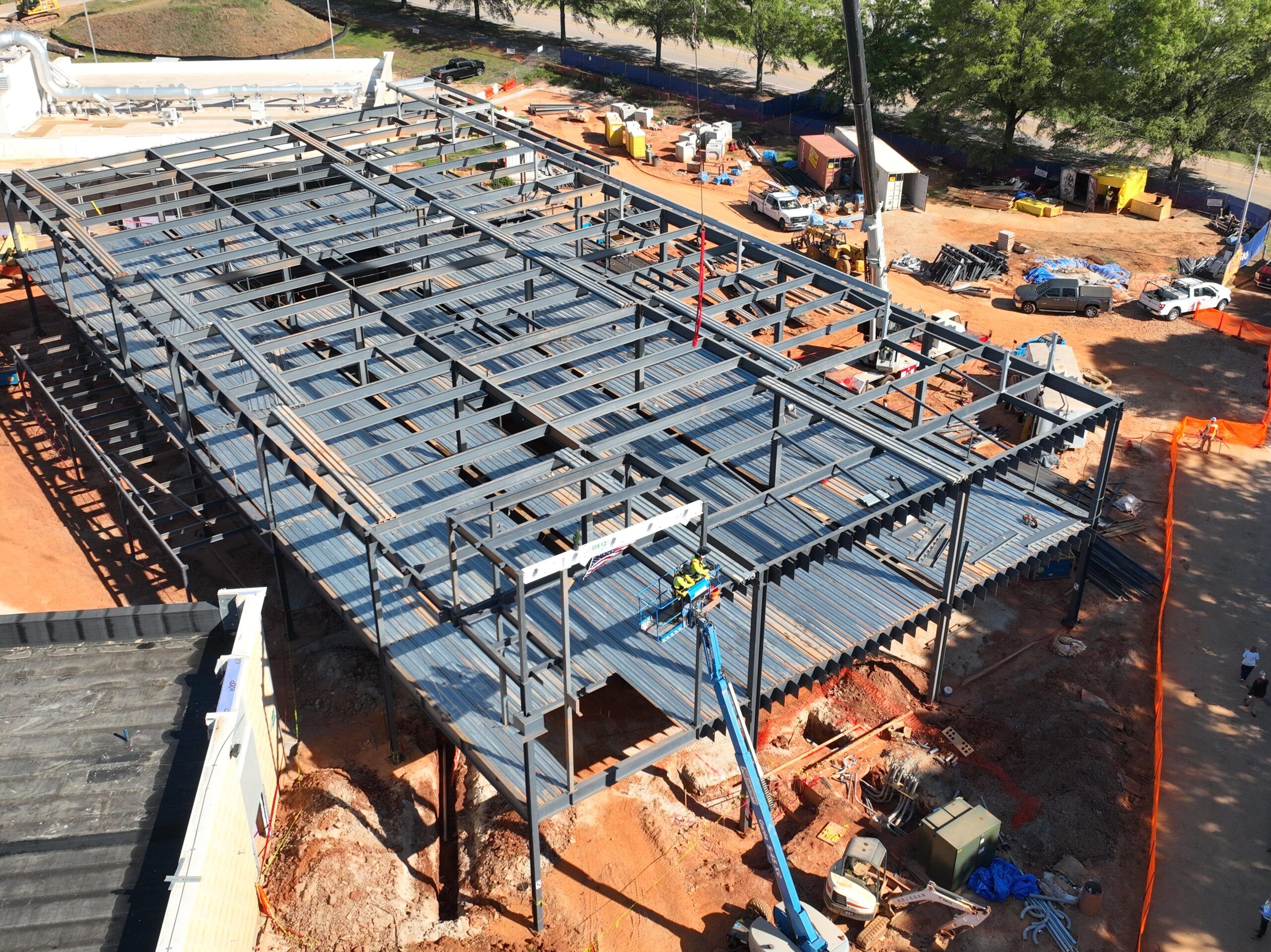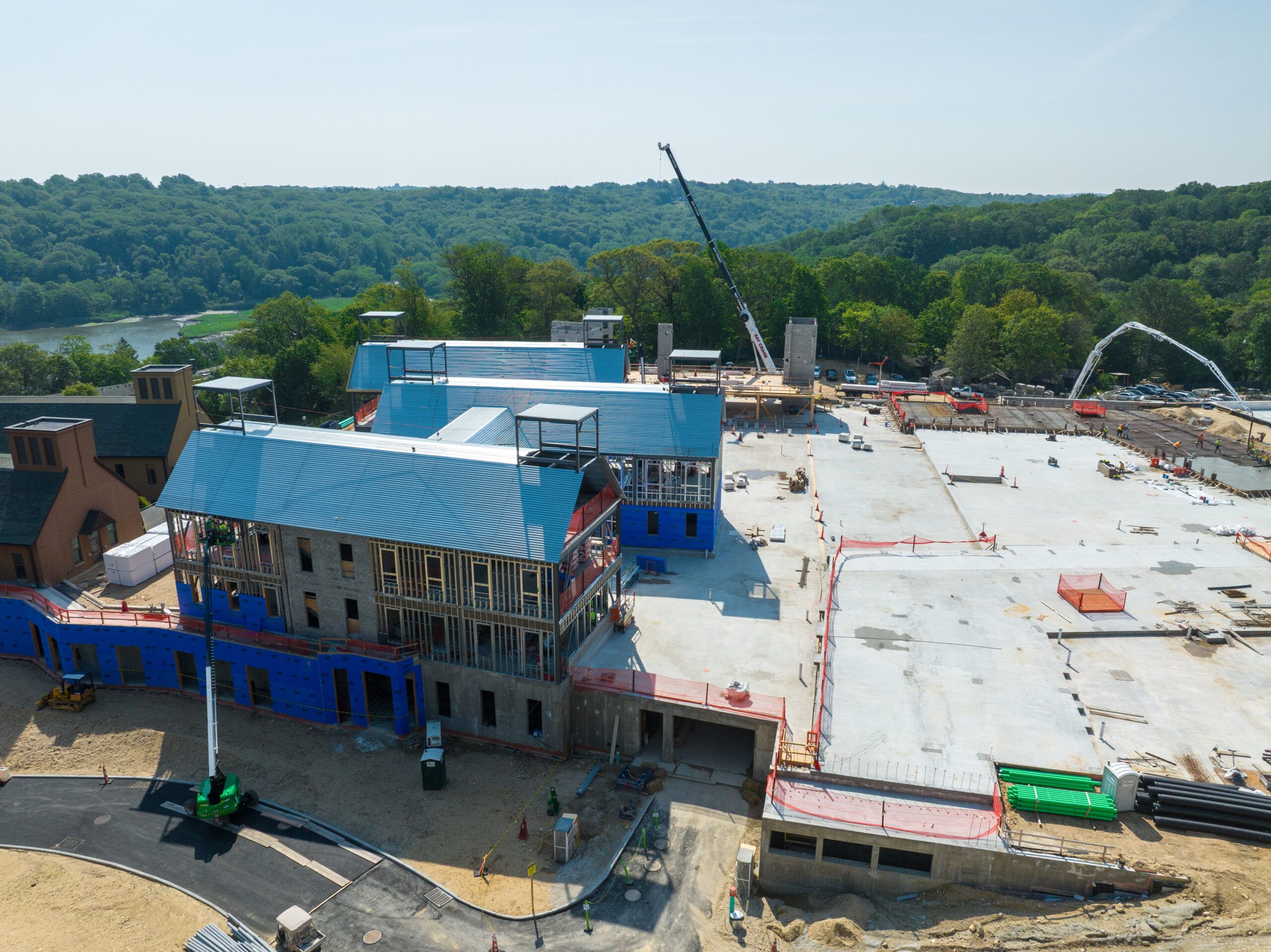While driver error is one of the most common causes of car accidents, unsafe road conditions can also play a significant role in causing crashes. Roads that are poorly maintained, improperly designed, or lack necessary signage create dangerous hazards for motorists, cyclists, and pedestrians alike. When an accident occurs due to defective road conditions, determining liability can be complex, often involving government agencies, contractors, or private entities responsible for road maintenance.
Understanding how defective road conditions impact personal injury claims is crucial for victims seeking compensation. This article explores common road hazards, the process of proving liability, and the legal challenges involved in holding responsible parties accountable.
Common Defective Road Conditions That Cause Accidents
Road conditions play a major role in traffic safety. When roads are not maintained or designed properly, they can increase the likelihood of accidents. Some of the most common defective road conditions include:
1. Potholes and Uneven Surfaces
- Large potholes can cause a driver to lose control, especially at high speeds.
- Uneven pavement or unmarked dips in the road can contribute to sudden loss of stability for motorcyclists and cyclists.
2. Inadequate Signage or Traffic Signals
- Missing stop signs or yield signs can lead to intersection collisions.
- Poorly placed or obstructed traffic signals create confusion for drivers.
3. Poorly Designed Roadways
- Sharp curves without warning signs can lead to rollovers.
- Lack of proper merging lanes increases the risk of side-impact collisions.
4. Inadequate Road Lighting
- Poor visibility at night increases accident risk for pedestrians and vehicles alike.
- High-risk areas such as intersections and crosswalks should be properly illuminated.
5. Debris and Loose Gravel
- Construction zones that are not properly maintained leave behind dangerous debris.
- Loose gravel can reduce tire traction, leading to skidding or rollovers.
6. Poor Drainage and Standing Water
- Water accumulation on roads increases the risk of hydroplaning.
- Insufficient drainage systems create hazardous driving conditions in bad weather.
When accidents occur due to these hazards, victims must determine who is responsible for maintaining safe road conditions and whether negligence played a role.
Who is Liable for Accidents Caused by Poor Road Conditions?
Liability for defective road conditions can be complex because multiple entities may be responsible for road maintenance and safety. Potentially liable parties include:
1. Government Entities
- Local, state, or federal agencies are typically responsible for maintaining public roads.
- Government negligence in failing to repair known road hazards or providing inadequate warning signs can lead to liability.
2. Private Contractors and Road Construction Companies
- Many road maintenance tasks are outsourced to private contractors.
- If a contractor fails to repair hazards or creates new ones (such as leaving equipment or debris on the road), they may be held accountable.
3. Property Owners
- When accidents occur on private roads or parking lots, the property owner may be liable for failing to maintain safe driving conditions.
Holding these entities accountable requires proving that they were aware of the dangerous condition and failed to take reasonable action to fix it.
Challenges in Proving Liability for Defective Road Conditions
Unlike traditional car accident claims, cases involving defective road conditions require specific legal strategies. Some of the challenges include:
1. Government Immunity and Legal Restrictions
- Many states have sovereign immunity laws, which protect government entities from certain lawsuits.
- Some jurisdictions require claimants to follow a strict procedure, such as filing a formal notice before pursuing legal action.
2. Proving Negligence and Awareness of the Hazard
- Plaintiffs must show that the responsible party knew or should have known about the dangerous road condition.
- Maintenance records, previous complaints, and accident reports may serve as evidence.
3. Statutes of Limitations
- Deadlines for filing claims against government entities are often shorter than standard personal injury cases.
- Missing the deadline can result in losing the right to seek compensation.
4. Establishing a Direct Link Between the Road Defect and the Accident
- Insurance companies may argue that driver error, poor weather conditions, or vehicle malfunctions were the primary cause.
- Accident reconstruction experts and witness statements may be needed to confirm the road hazard’s role in the crash.
Because of these challenges, working with legal professionals who understand defective road liability laws is crucial for success.
Steps to Take After an Accident Caused by Road Defects
If an accident occurs due to hazardous road conditions, victims should take immediate steps to protect their health and legal rights:
1. Seek Medical Attention
- Even if injuries seem minor, a medical evaluation is essential to document the impact of the crash.
2. Document the Road Condition
- Take photos and videos of the hazardous road conditions.
- Note weather conditions, visibility, and any missing or inadequate signage.
3. Obtain a Copy of the Police Report
- If law enforcement responded to the accident, their report may mention unsafe road conditions.
4. Identify Witnesses
- Statements from other drivers, pedestrians, or local residents can strengthen a claim.
5. Report the Hazard to the Proper Authorities
- Filing a formal complaint with the local Department of Transportation or municipal authority helps document the issue.
6. Consult a Personal Injury Attorney
- A personal injury lawyer can investigate the accident, determine liability, and navigate legal barriers such as government immunity laws.
Potential Compensation for Victims of Road Defect Accidents
Accidents caused by unsafe road conditions can result in significant financial and personal losses. Compensation in these cases may include:
- Medical Expenses: Costs for hospital visits, surgeries, rehabilitation, and ongoing care.
- Lost Wages: Compensation for missed work and diminished earning capacity.
- Pain and Suffering: Damages for physical pain, emotional distress, and reduced quality of life.
- Vehicle Repairs: Reimbursement for damages to the car or other property involved.
The ability to recover compensation depends on proving negligence and navigating legal procedures correctly.
Conclusion
Defective road conditions contribute to countless accidents each year, making it essential for victims to understand their legal options. While government agencies, contractors, and private entities are responsible for road maintenance, proving liability requires strong evidence and strategic legal action.
For those involved in accidents caused by unsafe roadways, seeking legal guidance is essential. Navigating the complexities of government liability laws and insurance claims can be challenging, but with the right approach, victims can pursue the compensation they deserve.











